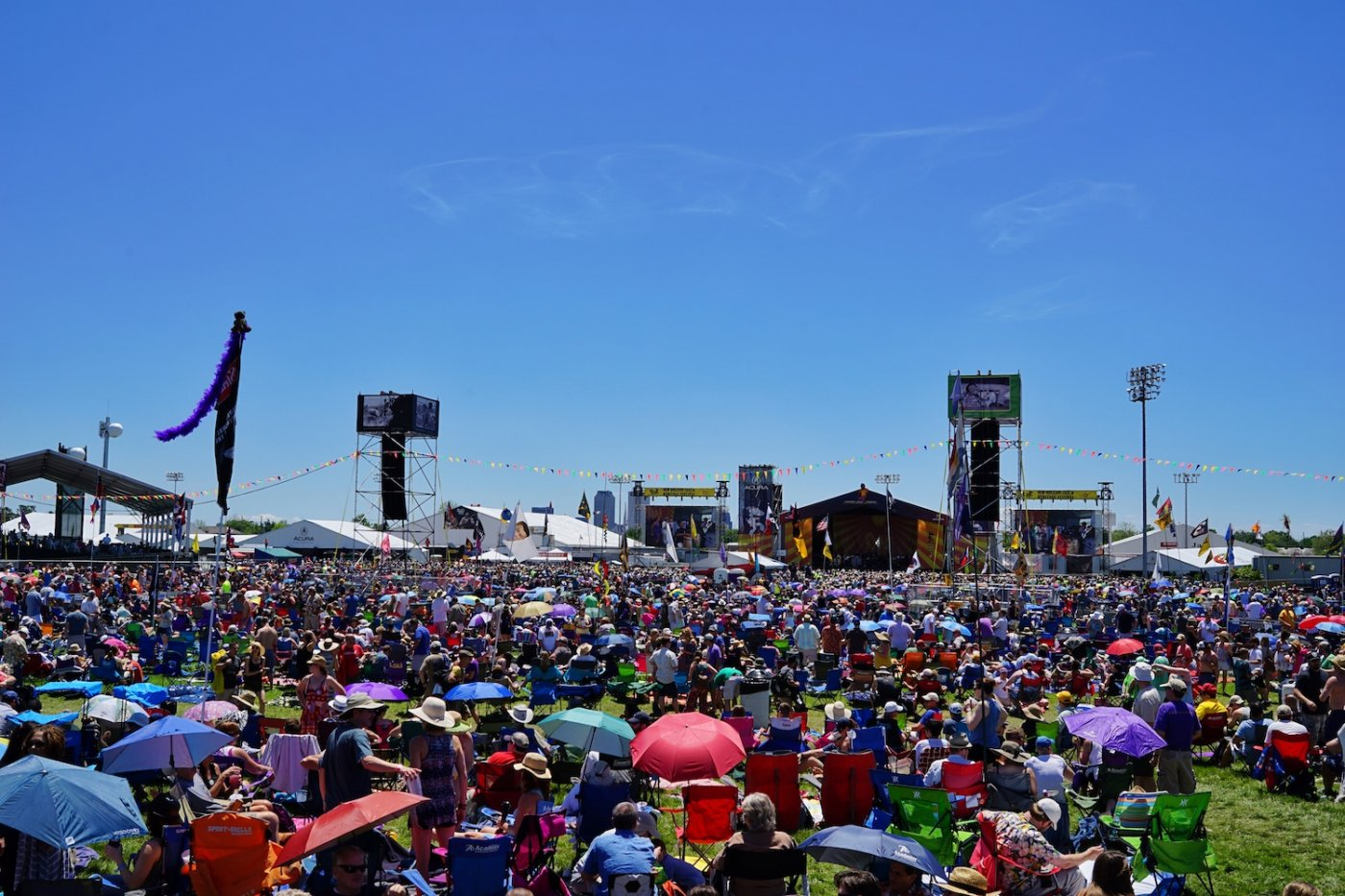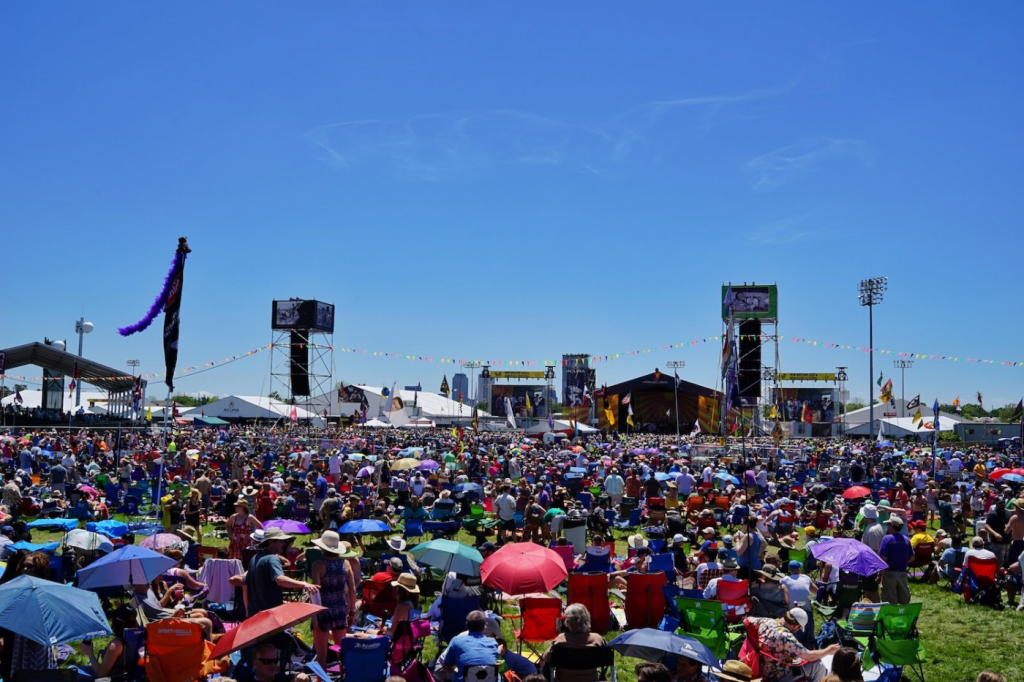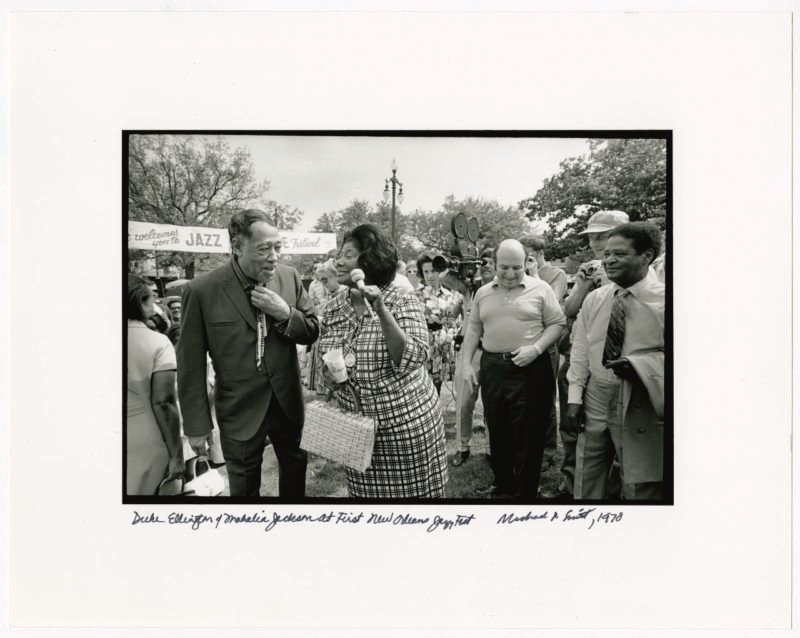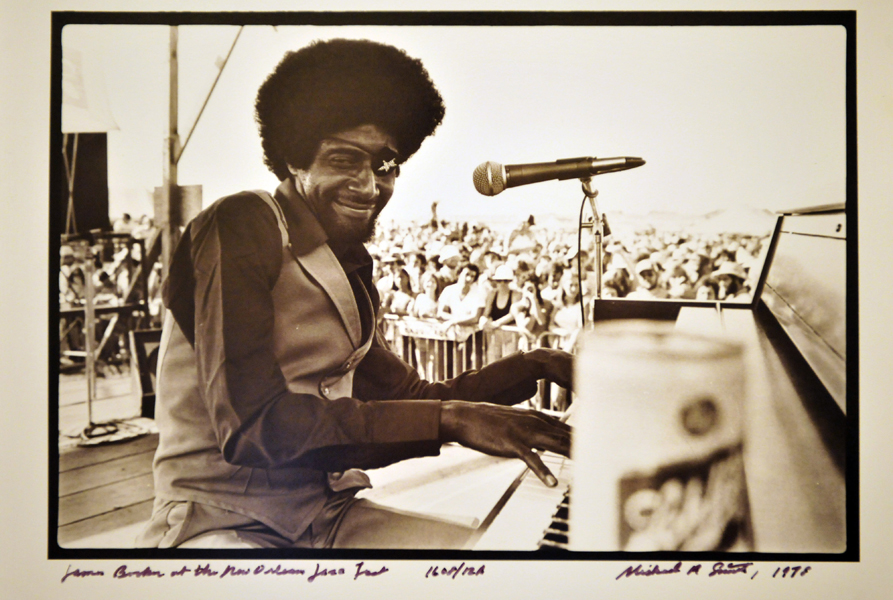Include a Topper!
-
Happy Birthday Banner
$9.00 -
Gingerbread Cake Topper
$15.00
Add Ons
Your cart is currently empty!
Since 1949 celebrating 75 years. Order online or call us at 1 800 GAMBINO (426-2466)

New Orleans Jazz and Heritage Festival is entering its 51st year. While last year’s festival had to be canceled, the 2021 festival is scheduled for October. This is good news for music lovers and for the city of New Orleans. This upcoming return to normalcy is a welcome ritual where friends and family unite for two weekends of fun, food, and music. If you, like me, feel October can’t come soon enough, why not continue to Fest in Place with a few friends, some crawfish, and your own front porch while learning more about Jazz Fest and how it came to be?

1970: Jazz Fest is Born
For a festival dedicated to preserving the unique musical culture of Louisiana, the origins of Jazz Fest are surprisingly commercial. In 1962, the New Orleans Hotel Motel Association had a problem, or rather, they had many problems. For much of the year, empty hotel and motel rooms cost the association money. Something would need to be done to bring people into the city and into the waiting rooms.
So, the association approached George Wein. Wein had already created two successful festivals in Rhode Island, one for folk music and the other for jazz. The association hoped Wein could work his magic again and create a festival based around Louisiana music with a focus on New Orleans’ jazz culture. Wein soon discovered just how difficult it was to separate jazz from its Afro-Caribbean and blues origins. And since all Louisiana music takes at least part of its inspiration from somewhere else, Wein decided to dedicate the festival to New Orleans jazz and heritage.
After nearly a decade of preparations, the first Jazz Fest was held in Congo Square in 1970. There were four wooden stages, most of which didn’t even have microphones, and tickets went for $3 each. The first year only 350 people attended the festival. But there was indeed magic involved as such icons as Duke Ellington performed, and The Wild Magnolias became the first Mardi Gras Indian group to mask and parade not on Mardi Gras or St. Joseph’s Day. Even Mahalia Jackson got in on the fun and stopped by for an impromptu set.

By 1973, word of the festival had spread and the organizers had to move the proceedings to the New Orleans’ Fairgrounds to accommodate the increasing crowds. There the festival has stayed with an average 300,000 individuals attending every year.

The Modern Era of Jazz Fest
Even with all the love the festival inspires, it doesn’t mean there’s been no controversy around it. As Jazz Fest moved into the 1990s, organizers increasingly began to book mainstream artists in an effort to draw and keep crowds throughout both weekends of the fest. Some locals took umbrage to this trend and argued against the expansion of what was supposed to only be for Louisiana music.
Festival organizers, however, argued the “big name” artists helped support smaller local musicians by introducing the New Orleans artists to people who might have never heard them otherwise. Indeed, the day both Mystikal and the Dave Matthews Band performed set the Jazz Fest record for highest individual attendance at 161,000.
Get Your Shrimp Boots Ready
Attending Jazz Fest these days you’ll encounter a scene quite different from its origins. Instead of four stages with no microphones, there are 14 stages along with multiple tents and areas for food and locally made crafts. Grounds once sparsely populated, now contain an ocean of people wearing shirts of Jazz Fests past and lounging under umbrellas. But one thing that hasn’t changed is the ability to hear some of the finest jazz, blues, R&B, bounce, rock, and Cajun music on the planet.
Oh, and another thing that remains the same year after year is at least one day of torrential rain to create mud pits throughout the fairgrounds. So, take some time while you’re festing in place this May and get those shrimp boots ready. You’re gonna need them come October.